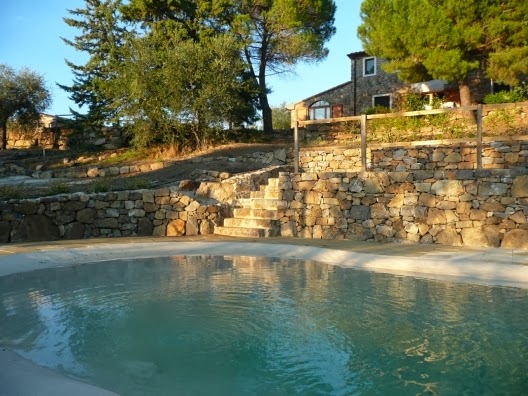The olive tree has many special characteristics, however, production continuity is not one of its strengths. Though the quality of its olives remains almost constant, its productive variability is obviously a problem for growers, who can do little to counteract this situation. Apart from maintaining the olive grove in terms of fertilization and pruning, the whims of nature still
play a primary role in determining production potential.
The olive tree’s ability to adapt to changing climates is noteworthy. Although it does not flourish in extreme temperatures, these plants are capable of surviving extremely harsh winters, provided that temperature changes occur gradually. Spring frosts can ‘burn’ their newly-created sprouts and consequently affect their harvest in negative ways. Rainfall and temperature play an essential role as the fruit ripens. Depending on their geographical location, groves grow best when rainfall occurs during the winter months. Precipitation should be limited or almost absent during the spring, to avoid problems with olive formation.
The olive tree’s ability to adapt to changing climates is noteworthy. Although it does not flourish in extreme temperatures, these plants are capable of surviving extremely harsh winters, provided that temperature changes occur gradually. Spring frosts can ‘burn’ their newly-created sprouts and consequently affect their harvest in negative ways. Rainfall and temperature play an essential role as the fruit ripens. Depending on their geographical location, groves grow best when rainfall occurs during the winter months. Precipitation should be limited or almost absent during the spring, to avoid problems with olive formation.
The summer sunshine helps olives reach their full ripening stage; however, when it comes to determining oil quality, it is essential to select the right moment to harvest. A harvester’s primary goal is to pick olives that will produce high quality, fragrant oil. Contrary to popular belief, these characteristics do not correspond to the more advanced stages of the ripening process. As olives ripen, their pulp progressively loses water, which consequently causes them to
lose fragrance and flavor. For this reason, harvesting should take place just as the fruit is beginning to accumulate oil and change color and not when it has reached its full level of maturity.
The olive harvest is the starting point of the production process of olive oil.
Olives usually ripen in late autumn, turning from green to black. Producers should only pick fresh olives that are still hanging on the branches, taking care to avoid bruising or lacerations that may
damage their surface. Transport to the mill should be done as quickly as possible as this is the most delicate, important stage. During processing, the olives are washed and separated from the leaves. They are then pressed and reduced to pulp. The next step involves constantly stirring the oily paste,
which is slightly heated. This procedure facilitates the subsequent extraction of oil, which tends to form increasingly large drops. The separation of solids and liquids occurs thanks to stacked
fiber disks where small amounts of oily paste are deposited. Once isolated, this mixture of water and oil is subjected to a brief centrifugation process. The final press is then isolated and bottled.
Left-over pulp and water is sent to special refineries where it undergoes further squeezing. The derived oils are then sold for industrial use or as fertilizer.
Farmhouse holidays with pool in Tuscany, Manciano (GR)




No comments:
Post a Comment
Note: only a member of this blog may post a comment.